Star Trek’s Best Writer Predicted Voyager’s Biggest Weakness
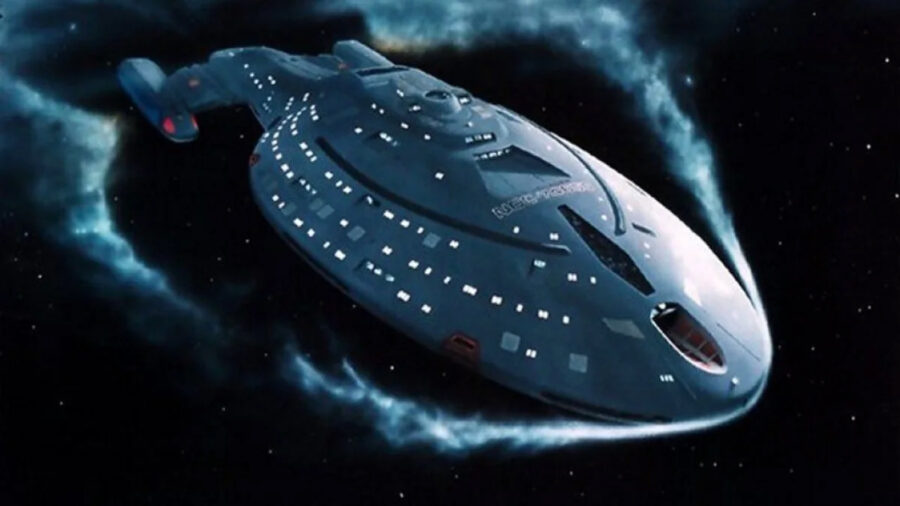
Star Trek: Voyager has a legion of fans, but the show has also had some very fierce criticisms over the past decades. Perhaps the most common criticism is that the show overused the Borg, giving us so many run-ins with these cybernetic villains that they no longer seemed like a nearly unstoppable threat. Ironically enough, one of the best Star Trek writers, future Battlestar Galactica showrunner Ronald D. Moore, predicted this problem while writing on The Next Generation episode “I, Borg,” years before Voyager was created.
The Borg Were a Major Threat
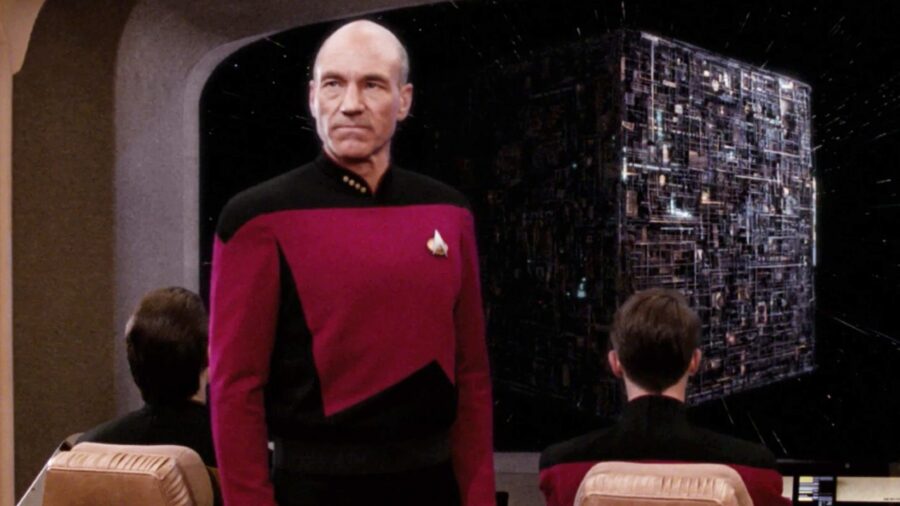
The Star Trek: The Next Generation episode “I, Borg” was the first episode to bring these bad guys back since the explosive two-part episode “The Best of Both Worlds.” In those episodes, we saw how the Borg easily obliterated 39 Starfleet vessels at the Battle of Wolf 359, and the only reason the Enterprise was able to stop the Borg Cube before it could attack Earth was by hacking into their Collective through the assimilated Captain Picard. The show’s writers knew they wanted to bring these fan-favorite foes back, but they had to find a way to explain how the Enterprise could survive another encounter.
Hugh Develeoped A Personality Once He Wasn’t Terminally Online
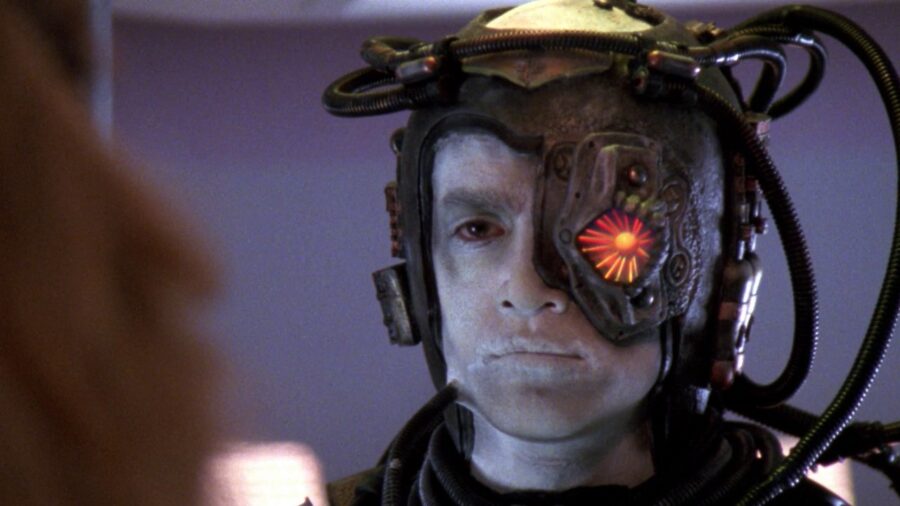
Eventually, the Star Trek writers came up with a clever answer: instead of “I, Borg,” having the ship and crew fighting an entire Borg vessel, they must figure out what to do once they rescue the lone survivor of a crashed Borg ship. That survivor is Hugh, a Borg who develops his own personality once he is separated from the Collective. Captain Picard must then face the moral dilemma of whether to send Hugh back to the Borg with a virus that could wipe out the entire Collective or allow him to seek asylum, something which might put the Enterprise in perpetual danger.
Stop Stopping Unstoppable Villains
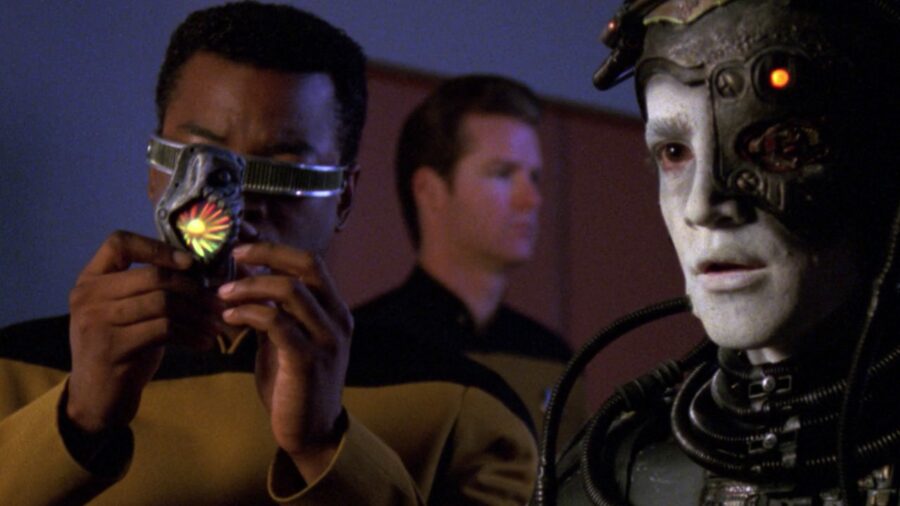
That Star Trek episode ends on a bitter note, with Hugh (who appears in a later TNG two-parter as well as the first season of Picard) choosing to return to the Collective to protect the Enterprise and his new bestie, Geordi LaForge. Though he didn’t write this ep, veteran Star Trek writer Ronald D. Moore praised the story as “a real good way to bring the Borg back” instead of having another fight because “we keep saying they’re unstoppable and if we keep stopping them it undercuts how unstoppable they truly are.”
Somehow The Borg Returned
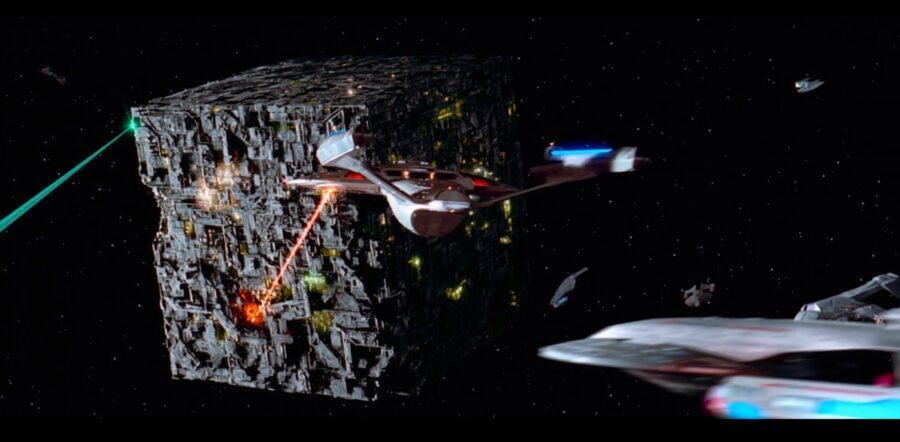
For the most part, Star Trek: The Next Generation stuck closely to Moore’s thoughts about the Borg. The Enterprise crew never fought against the proper Collective again in the series, with their last TNG appearance having our protagonists fighting a splinter group of Borg who were weakened by Hugh’s individuality before being discovered and weaponized by Data’s evil brother Lore. The Enterprise was able to defeat a Borg Cube in First Contact, but only with the help of an entire fleet and Picard’s special knowledge (courtesy of his prior assimilation) about the vessel’s secret weak point.
Fan Favorite Borg
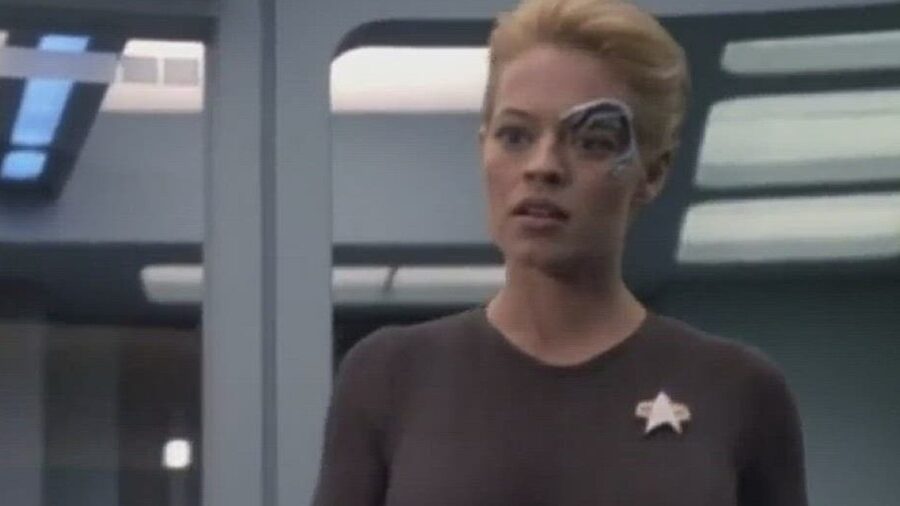
Fast-forward to the third season finale of Star Trek: Voyager, and the Borg (who originated in the Delta Quadrant) made a splashy appearance that ultimately gave us the fan-favorite character Seven of Nine. That two-parter was great, but the show kept returning to these villains. By the time Voyager was over, the Borg would appear (in one form or another) in a whopping 23 episodes.
Even for the biggest fans of Star Trek: Voyager, this led to constant questions of why the Borg didn’t simply destroy Voyager as easily as they destroyed all of the ships at Wolf 359. In fact, it was almost certainly those fan questions that prompted a specific line of dialogue in the series finale “Endgame” where the Borg Queen tells Seven of Nine “You’ve always been my favorite” and that because Seven cares for the Voyager crew, the Collective has “left them alone.”
Voyager Made Sense At The Last Possible Moment
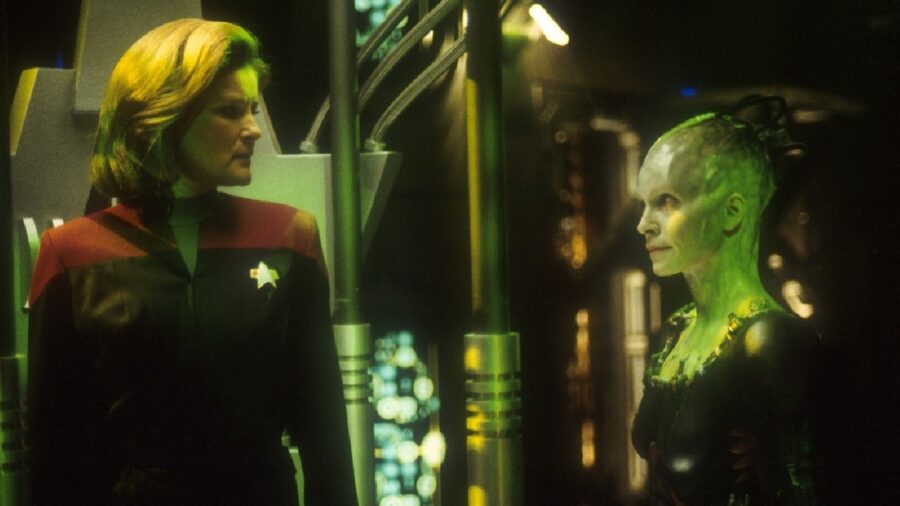
In other words, Star Trek: Voyager did address (albeit at the very end) why the Borg didn’t just assimilate Janeway and her crew, but that doesn’t change the fact that the prophecy of Moore came true: constantly showing our heroes defeating these “unstoppable” foes made them seem like far less of a threat. Unfortunately, the franchise didn’t learn from this lesson, and the Borg honestly seemed less threatening than ever before when they returned (with what I can only hope was a last gasp) in the third season of Picard.
For this viewer, the de-fanged Borg proved one thing: that yawning, like resistance, was completely futile.












